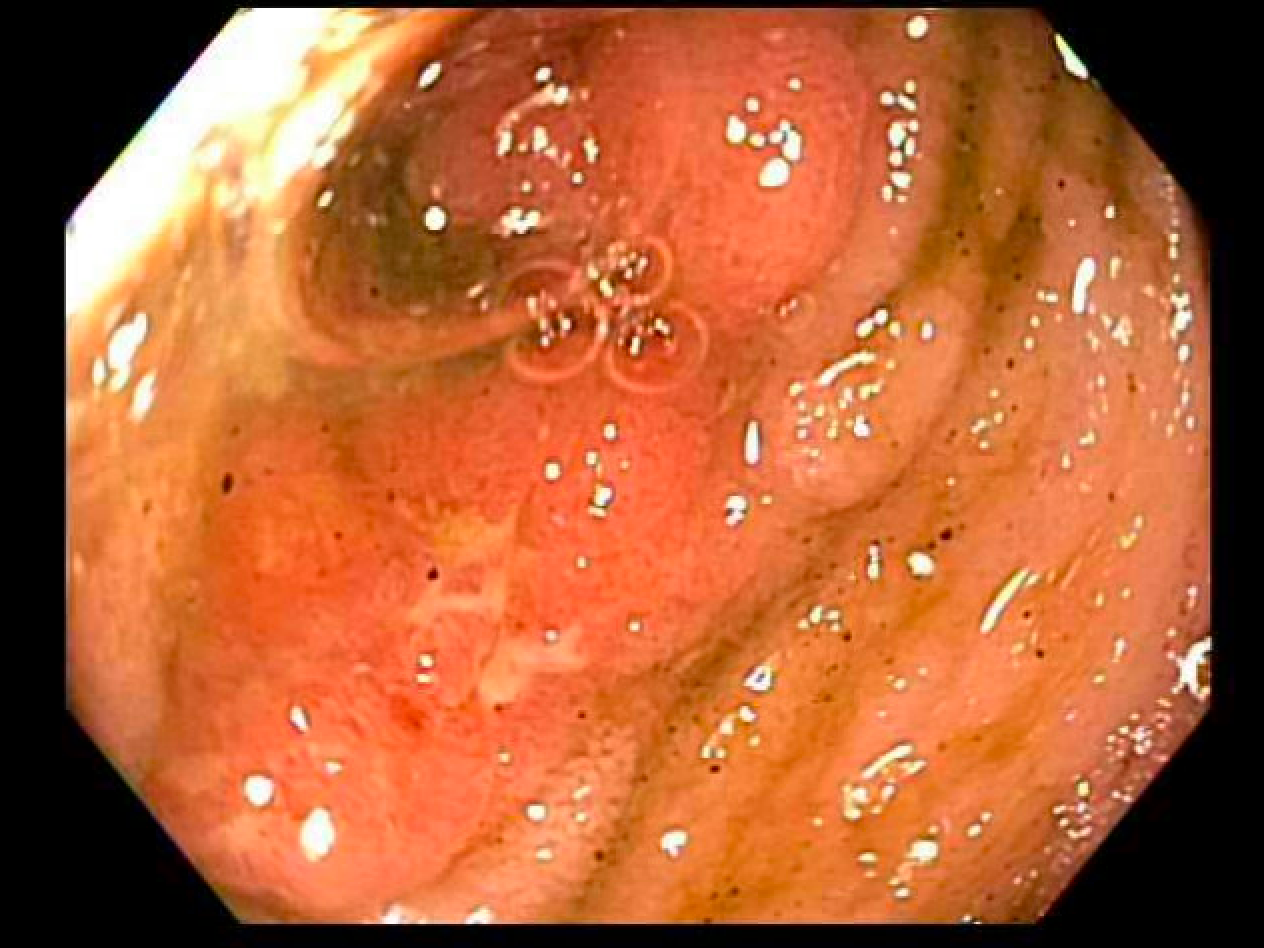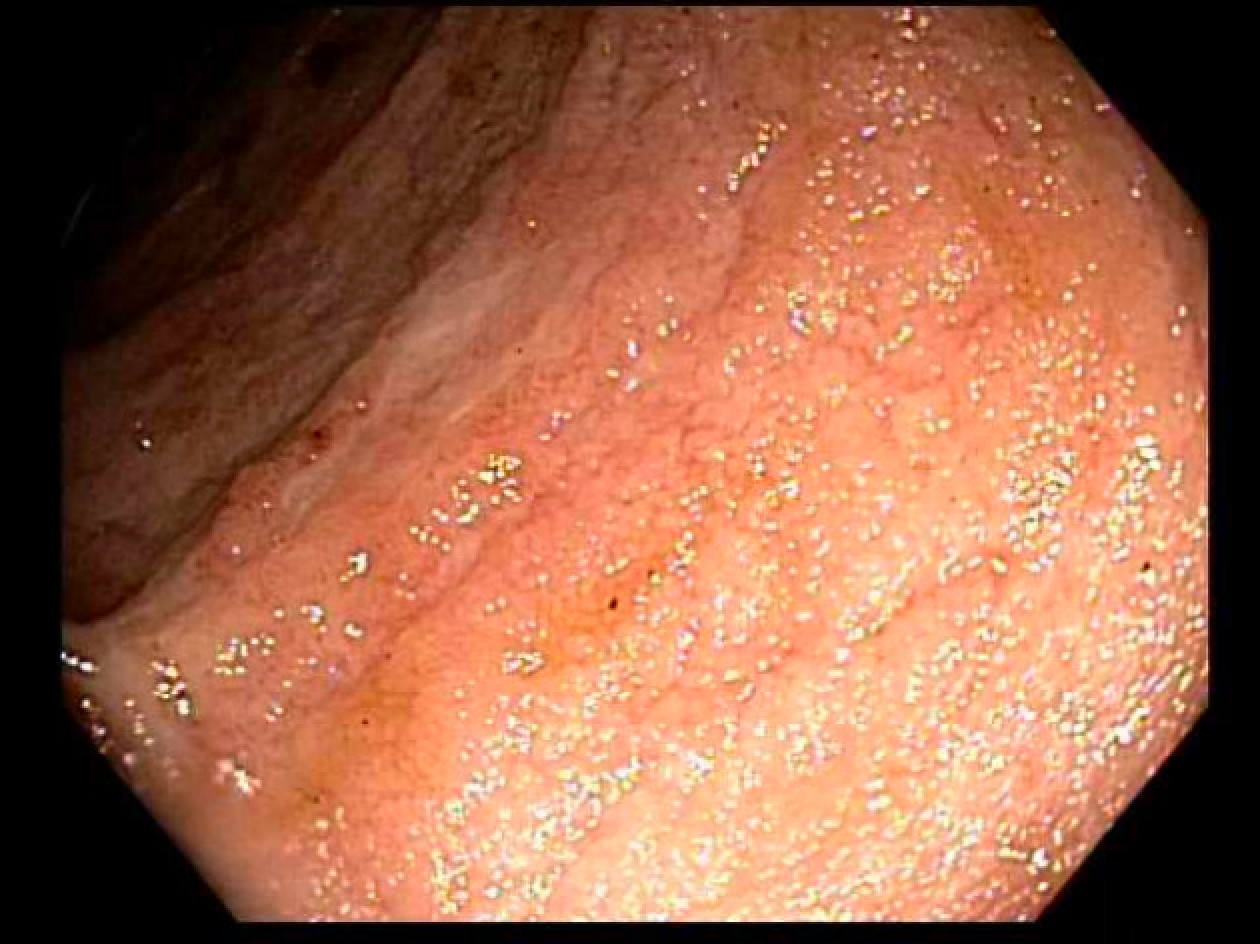Monday Poster Session
Category: IBD
P3365 - Ptosis: An Uncommon Manifestation of Crohn’s Disease
Monday, October 27, 2025
10:30 AM - 4:00 PM PDT
Location: Exhibit Hall

Christopher A. Dorizas, MD
North Shore University Hospital/Zucker School of Medicine at Hofstra University
Garden City, NY
Presenting Author(s)
Christopher Dorizas, MD1, Danielle Garfunkel, MD2, Linda A.. Lee, MD, MBA3
1North Shore University Hospital/Zucker School of Medicine at Hofstra University, Garden City, NY; 2North Shore University Hospital - Northwell Health, Scarsdale, NY; 3Northwell Health, New Hyde Park, NY
Introduction: Crohn’s disease (CD) is a chronic inflammatory condition of the gastrointestinal tract with multifactorial etiology involving genetic, immune, and environmental factors. Up to 30% of CD cases exhibit extraintestinal manifestations, with ocular involvement in approximately 10%. These manifestations may precede gastrointestinal symptoms, complicating diagnosis. Ptosis as an initial symptom is rare and largely undocumented. This case highlights ptosis as a neurological manifestation of CD.
Case Description/
Methods: A 54-year-old woman presented with left upper quadrant abdominal pain, intermittent fevers to 103°F, chronic diarrhea and progressive left-sided ptosis for four years, preceding onset of her gastrointestinal symptoms. Prior evaluations included a colonoscopy in 2023 with acute ileitis and a capsule endoscopy with jejunal ulcers. Myasthenia gravis antibodies were negative, but the patient was treated with oral steroids in the outpatient setting.
Physical examination was largely benign. Labs including GI PCR, C. difficile, Quantiferon, CMV, and ANCA were negative. CT abdomen showed distal and terminal ileitis. Neurologic and ophthalmologic work-up was unremarkable. Differential diagnoses included CD, infectious ileitis, neoplasia, and vasculitis. Colonoscopy demonstrated ileitis with ulceration and erythema. Pathology showed active ileitis with ulceration and cryptitis with negative AFB/CMV staining, consistent with CD.
Discussion: Atypical features included ptosis and recurrent high-grade fevers as a presentation of CD. The pathophysiology of ptosis in CD is not well-defined but may involve autoimmune-mediated mononeuritis or inflammatory microvascular damage. Neurologic manifestations of Crohn’s disease are rare, occurring in 0.25% to 35.7% of cases. Ocular manifestations such as episcleritis and uveitis are more common, though isolated ptosis is exceptionally rare. Immune dysregulation and pro-inflammatory cytokines may contribute to neural involvement.
This case underscores the heterogeneity of CD, consideration of CD in the differential for fever of unknown origin, and the importance of recognizing atypical presentations. Ptosis as a presenting symptom highlights the need for comprehensive evaluation of systemic and extraintestinal manifestations in suspected CD. Early identification and targeted therapy can improve outcomes and prevent morbidity associated with delayed diagnosis. Further research is needed to understand the mechanisms linking CD and neurological involvement.

Figure: Image 1: Terminal Ileum

Figure: Image 2: Terminal Ileum
Disclosures:
Christopher Dorizas indicated no relevant financial relationships.
Danielle Garfunkel indicated no relevant financial relationships.
Linda Lee: Enterra – Consultant, Clinical Events Committee (Safety) for ongoing clinical trial sponsored by this company.
Christopher Dorizas, MD1, Danielle Garfunkel, MD2, Linda A.. Lee, MD, MBA3. P3365 - Ptosis: An Uncommon Manifestation of Crohn’s Disease, ACG 2025 Annual Scientific Meeting Abstracts. Phoenix, AZ: American College of Gastroenterology.
1North Shore University Hospital/Zucker School of Medicine at Hofstra University, Garden City, NY; 2North Shore University Hospital - Northwell Health, Scarsdale, NY; 3Northwell Health, New Hyde Park, NY
Introduction: Crohn’s disease (CD) is a chronic inflammatory condition of the gastrointestinal tract with multifactorial etiology involving genetic, immune, and environmental factors. Up to 30% of CD cases exhibit extraintestinal manifestations, with ocular involvement in approximately 10%. These manifestations may precede gastrointestinal symptoms, complicating diagnosis. Ptosis as an initial symptom is rare and largely undocumented. This case highlights ptosis as a neurological manifestation of CD.
Case Description/
Methods: A 54-year-old woman presented with left upper quadrant abdominal pain, intermittent fevers to 103°F, chronic diarrhea and progressive left-sided ptosis for four years, preceding onset of her gastrointestinal symptoms. Prior evaluations included a colonoscopy in 2023 with acute ileitis and a capsule endoscopy with jejunal ulcers. Myasthenia gravis antibodies were negative, but the patient was treated with oral steroids in the outpatient setting.
Physical examination was largely benign. Labs including GI PCR, C. difficile, Quantiferon, CMV, and ANCA were negative. CT abdomen showed distal and terminal ileitis. Neurologic and ophthalmologic work-up was unremarkable. Differential diagnoses included CD, infectious ileitis, neoplasia, and vasculitis. Colonoscopy demonstrated ileitis with ulceration and erythema. Pathology showed active ileitis with ulceration and cryptitis with negative AFB/CMV staining, consistent with CD.
Discussion: Atypical features included ptosis and recurrent high-grade fevers as a presentation of CD. The pathophysiology of ptosis in CD is not well-defined but may involve autoimmune-mediated mononeuritis or inflammatory microvascular damage. Neurologic manifestations of Crohn’s disease are rare, occurring in 0.25% to 35.7% of cases. Ocular manifestations such as episcleritis and uveitis are more common, though isolated ptosis is exceptionally rare. Immune dysregulation and pro-inflammatory cytokines may contribute to neural involvement.
This case underscores the heterogeneity of CD, consideration of CD in the differential for fever of unknown origin, and the importance of recognizing atypical presentations. Ptosis as a presenting symptom highlights the need for comprehensive evaluation of systemic and extraintestinal manifestations in suspected CD. Early identification and targeted therapy can improve outcomes and prevent morbidity associated with delayed diagnosis. Further research is needed to understand the mechanisms linking CD and neurological involvement.

Figure: Image 1: Terminal Ileum

Figure: Image 2: Terminal Ileum
Disclosures:
Christopher Dorizas indicated no relevant financial relationships.
Danielle Garfunkel indicated no relevant financial relationships.
Linda Lee: Enterra – Consultant, Clinical Events Committee (Safety) for ongoing clinical trial sponsored by this company.
Christopher Dorizas, MD1, Danielle Garfunkel, MD2, Linda A.. Lee, MD, MBA3. P3365 - Ptosis: An Uncommon Manifestation of Crohn’s Disease, ACG 2025 Annual Scientific Meeting Abstracts. Phoenix, AZ: American College of Gastroenterology.
